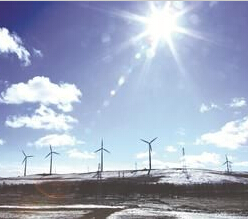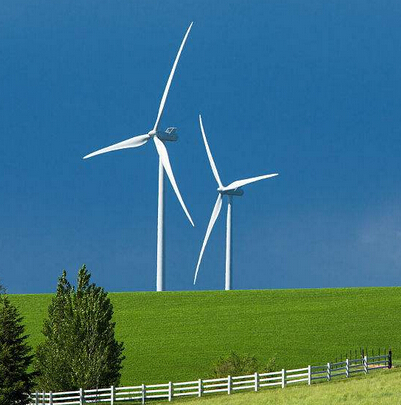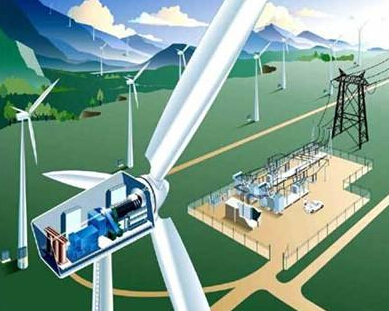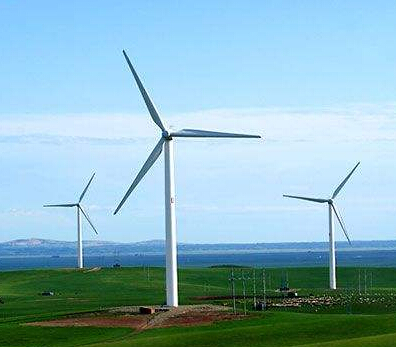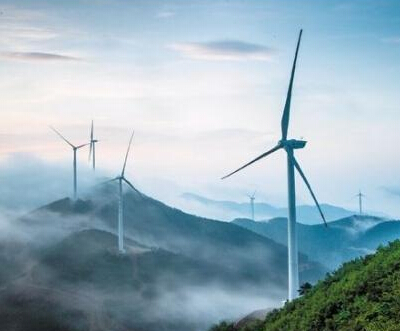In recent years, with the advancement of wind power resources in the “Three North” region, the wind power development layout has shifted to the eastern and southern parts of the country. This is currently the main battlefield and new front for developers, and accounts for about 68% of the national wind energy resources. During the same period, the low-speed wind power technology has made breakthrough progress and can be widely used in the eastern and southern regions. Decentralized wind power development has conditions.
Technological progress is an important driving force for wind power development in low wind speed regions in the south. After exploration in 2014 and 2015, the development experience in low wind speed regions has become increasingly mature. Relying on technological advancement and operation and maintenance innovation, domestic wind turbine manufacturers aiming at special wind turbines for low wind speed regions are supplemented by larger impeller diameters and higher wind towers, and annual wind speeds of around 5-6 m/s are used for low wind speed wind farms. Hours can exceed 2000 hours.
At present, the core areas for the development of low wind speed wind power include Jiangsu, Anhui, Henan, Hunan, Jiangxi, Guangxi and Guangdong and Hebei, all located in the economically developed southern regions. The average wind speed over 5m/s in these areas is of development value, and the subsequent ultra-low wind speed models will appear to contribute more wind power installed capacity.
From the distribution of new wind turbines in recent years, this change can be clearly seen. According to the statistics of the Wind Energy Industry Association, the proportion of development of wind farms in the south has continuously increased, showing a trend of catching up with the “Three North” region.
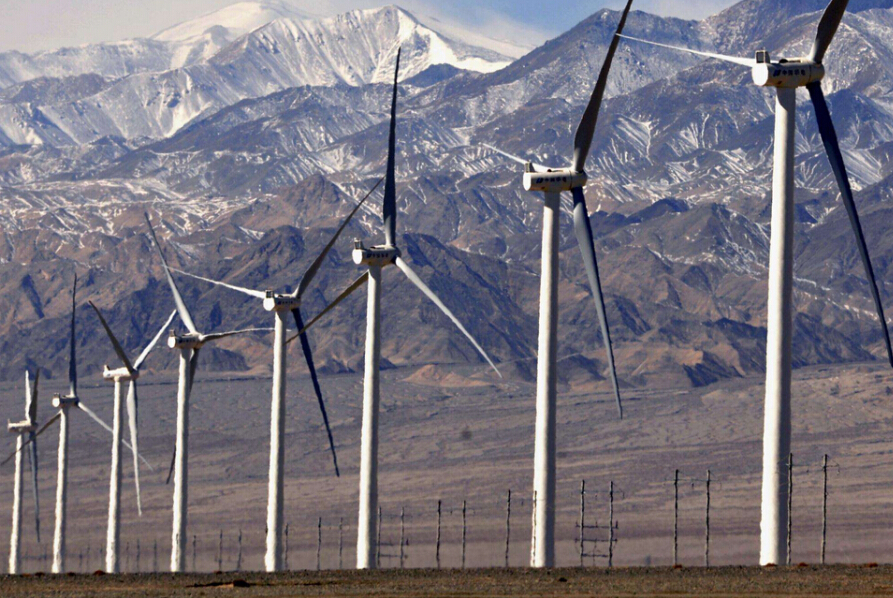
In November 2017, the National Development and Reform Commission and the Energy Bureau issued the “Implementation Plan for Resolving Abandoned Wind and Abandoned Wind”. Through the combination of government guidance and market-based measures, the new energy supply and method market were coordinated, and technological innovation was combined with institutional reform. We will comprehensively upgrade the technological level of renewable energy power in all aspects of power supply, power grid and electricity use. Accelerate the pace of power market construction, improve the transaction mechanism, auxiliary service mechanism and price mechanism for promoting the consumption of renewable energy, and continuously increase the market competitiveness of renewable energy power generation.
In addition, it also expands the export of renewable energy power and inter-provincial cross-regional transactions, involving the coordination of grid space in the power grid and the receiving end. All regional power grids should strengthen inter-provincial mutual assistance and inter-provincial reserve sharing, and uniformly call up peak-sharing resources in the region to collaboratively absorb renewable energy power. Power grid enterprises must tap the transmission capacity of trans-provincial trans-channels in Hami-Zhengzhou, Ningxia-Zhejiang, Jiuquan-Hunan and other provinces, and prioritize the transmission of renewable energy power. The relevant energy regulatory agencies shall conduct annual monitoring and evaluation of the proportion of renewable energy in the inter-provincial cross-regional power transmission channels. State Grid Corporation of China, China Southern Power Grid Corporation, Inner Mongolia Electric Power Company and other power trading organizations have expanded cross-provincial cross-regional electricity spot trading to absorb renewable energy power. The eastern and central local governments and power grid enterprises that consume renewable energy power should combine the reduction of coal consumption in this region with the input of renewable energy sources outside the consumption area, and take the initiative to promote regional governments across provinces and districts. Connected with power grid companies, priority will be given to the electricity market space vacated by the region to expand the use of renewable energy.
On March 7, 2018, the National Energy Administration issued the “Notice of Monitoring and Early Warning Results for Wind Power Investment in 2018”. The results of monitoring and early warning indicated that in 2018, Inner Mongolia, Heilongjiang and Ningxia cancelled the red warning for wind power, among which Ningxia was rated green, Jilin, Gansu, In 2017, the rate of wind curtailment in Xinjiang will maintain a red alert for more than 20%. This means that after Inner Mongolia, Heilongjiang and Ningxia lifted the red warning for wind power, projects that had previously been approved as unconstructed projects, included in plans, and not approved in the annual plan could be re-started for construction and approval.
















 RCCN WeChat QrCode
RCCN WeChat QrCode Mobile WebSite
Mobile WebSite
